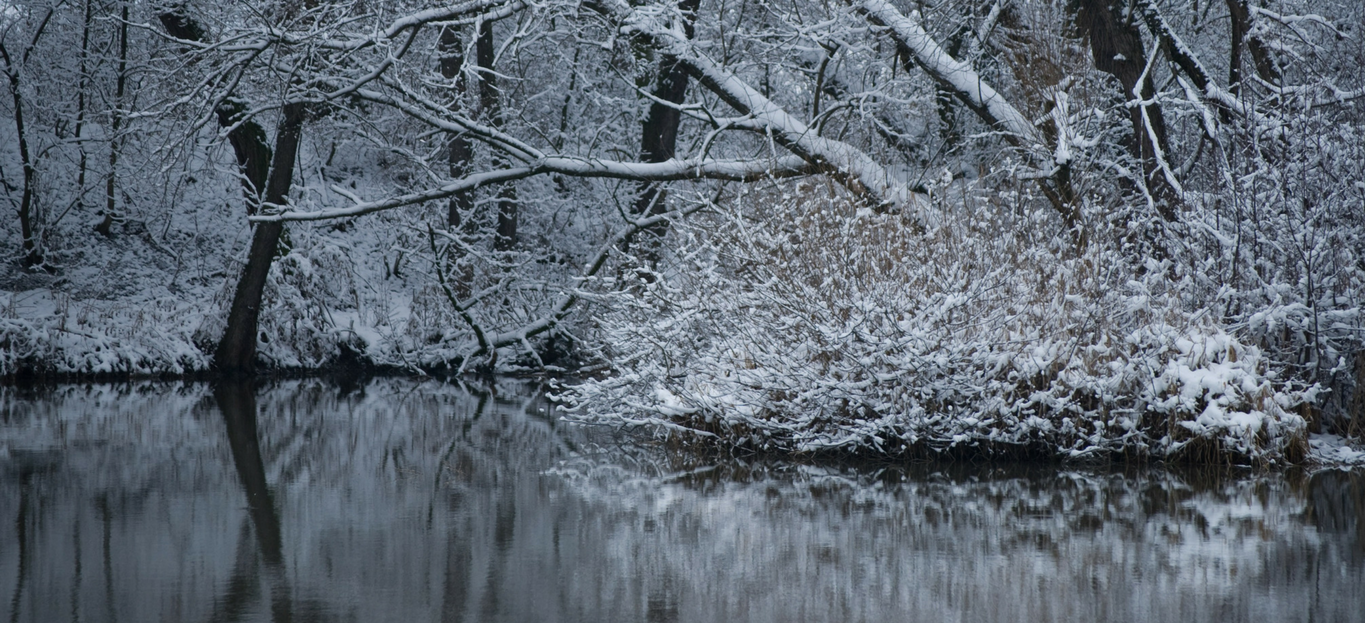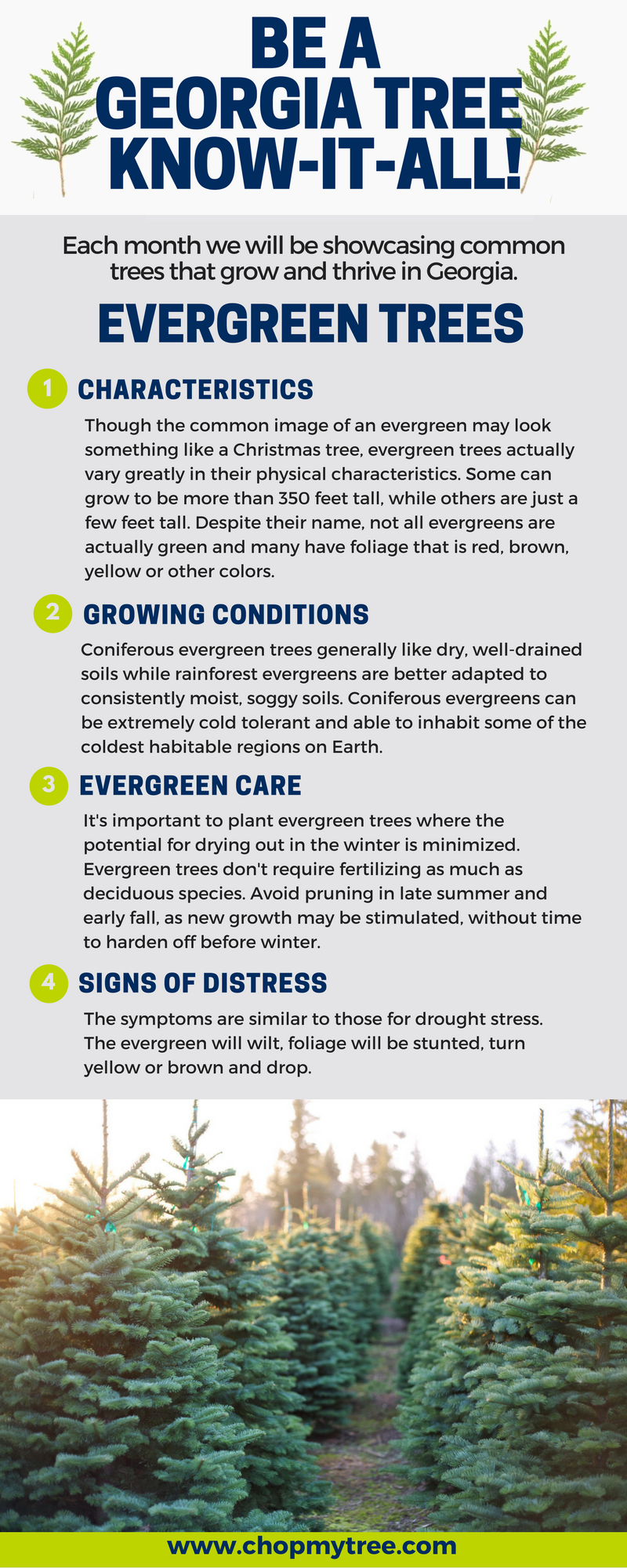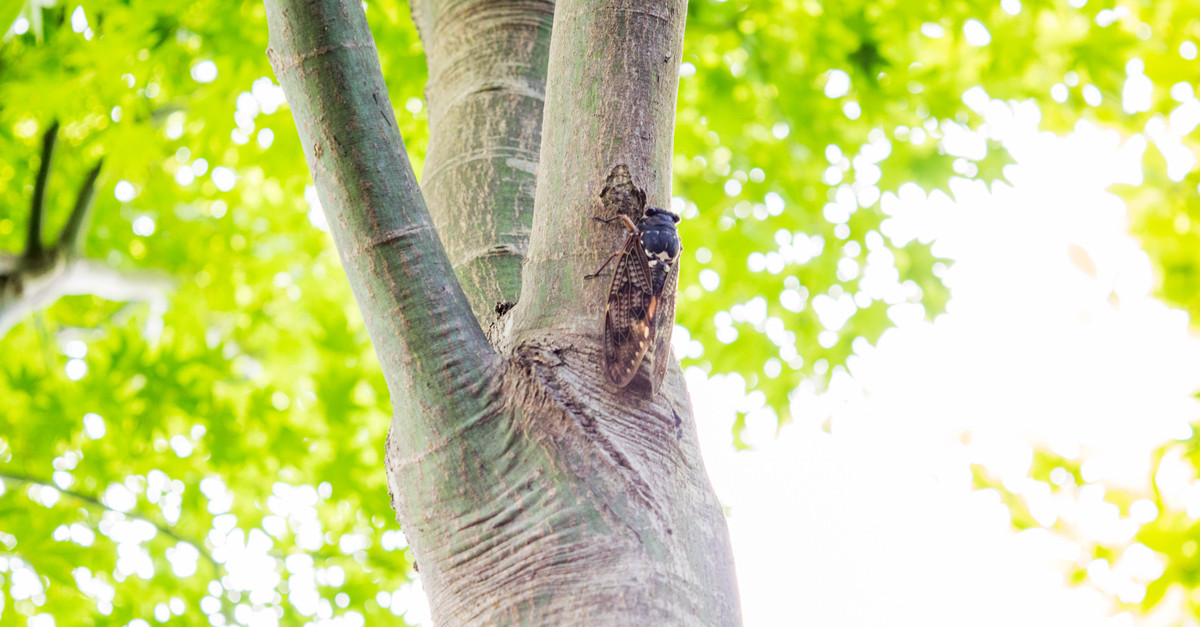Pleased to Meet Yew: Five Winter Trees We Love
The White Christmas has passed (whether or not it was white), but that doesn’t mean all light and beauty is gone from the world. When you plant the right trees, you’ll enjoy color and life even in the depths of winter. Here are five of our favorite choices.
- Yew
Of course, we would be amiss if we didn’t first introduce you to our pun-tastic friend, the yew. This conifer is a bright green all winter long, giving your bare yard some winter cheer. Plus, it will sprout anew even when cut back to bare wood, which most evergreens will not. Just make sure you keep livestock away from it, as browsing could kill them – and warn children against eating the toxic seeds.
- Camellias
Famous for blooming sporadically between fall and spring, and often re-blooming all winter long, camellias are one of the most beautiful cold-season options. With more than 200 species and around 3,000 hybrids, you have no lack of color options: pink, white, red, purple, salmon, variegated, and more.
- Japanese Flowering Apricot
In the same family as cherries and apples, the winter-flowering apricot is a lovely sight to behold against a drab seasonal background. With delicate blossoms of pink, white or rose, this tree will draw you to the window again and again.
- Holly
Especially beloved at the holidays, Holly is a lovely plant all through the cold season. Its berries may be red or white, and its sharp and waxy leaves shine a deep green. If you prefer the dappled effect, opt for the Variegated English Holly, with white-edged leaves.
- Dogwoods
Famed for their bright red and yellow stems, dogwoods are often at their best when bare. Their spring flowers are also showy, but nothing beats a warm and glowing hue when the winter wind is nipping at your cheeks.
Those aren’t your only options, of course, so for more ideas on winter trees and shrubs, see the Georgia Department of Agriculture’s many lovely suggestions.
Want to learn more about the best trees for your yard, and get help planting some eye-catching new statements for the year to come? Get in touch with Premier Tree Solutions, your Atlanta experts on all things arboreal. In addition to planting, we’d love to help you with trimming, thinning, cleanup and removal, a one-stop-shop for a beautiful yard. All you have to do is give a shout at 404-252-6448 or contact us here.








